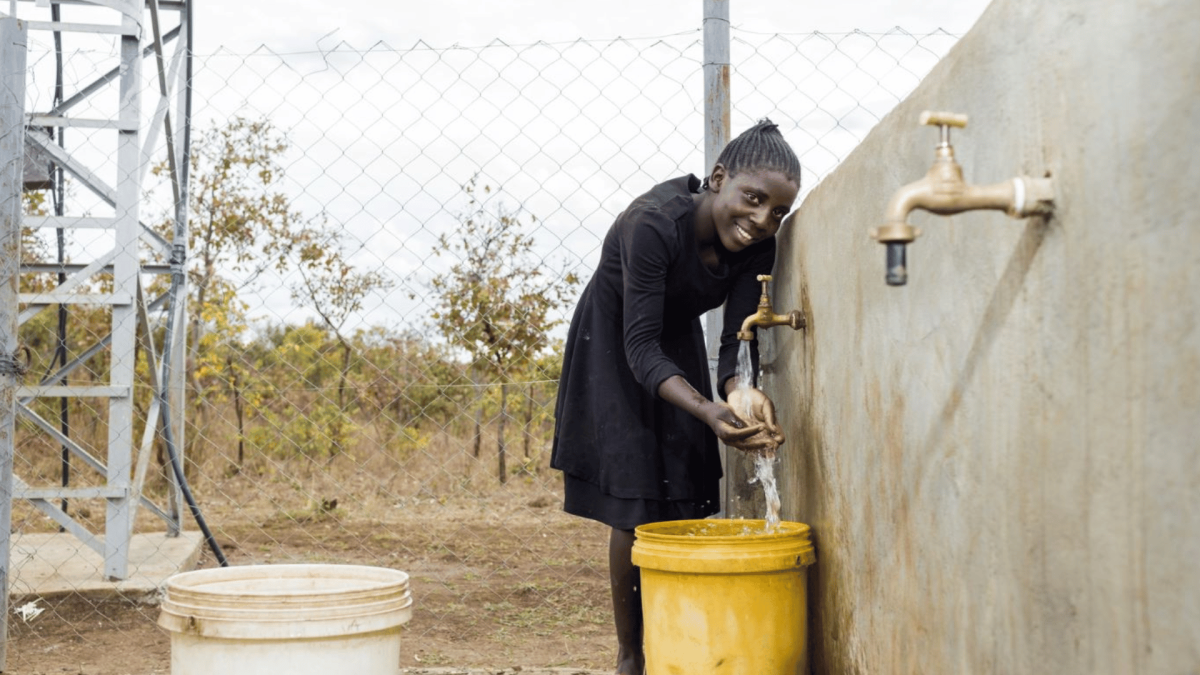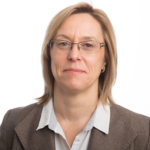All living things on our planet rely on water to survive. Yet many people struggle to access this precious resource.
The demand for water in many rural areas around the world is outstripping supply, an issue known as water stress. Climate change, growing populations and unsustainable resource management are exacerbating the problem.
Historically, access to safe water has been tracked by measuring whether infrastructure is available and working. However, to effectively address water stress, we need to understand not only whether there are pipes and taps but also whether this infrastructure is meeting the needs of the people who rely on it.
A community-driven, policy-relevant measure of water security
This is where the Water Insecurity Experiences (WISE) Scales come in. In just three minutes, this open-access tool measures people’s water issues by asking about water accessibility (is it obtainable?), water use (is it enough for household needs?) and water stability (is it reliable?).
Responses to 12 questions are summed to generate a score that can be compared across populations and over time to evaluate whether water security is improving.
Data from the WISE Scales complement findings from traditional water indicators, like average time to water source, to provide holistic information that can help organizations identify the causes of local water issues, who is most affected and potential intervention points.
However, despite the WISE Scales providing a more complete understanding of water insecurity, they are currently underused.
A proven approach
Combining traditional water indicators with experiential data enables organisations, like IFAD, to better respond to development challenges. For example, food insecurity used to be measured solely using supply-side indicators, like calories per capita, which ignore inequalities in food access.
Read the full piece on measuring water security through lived experiences on IFAD’s blog.
Header photo: ©IFAD/Enoch Kavindele Jr




